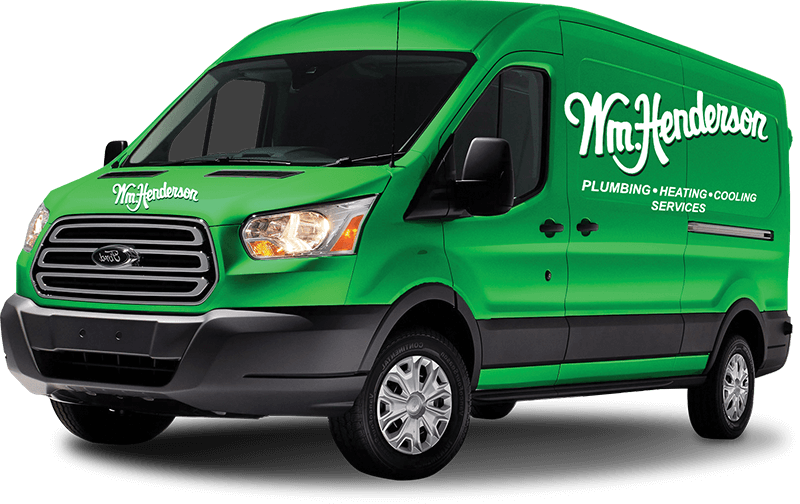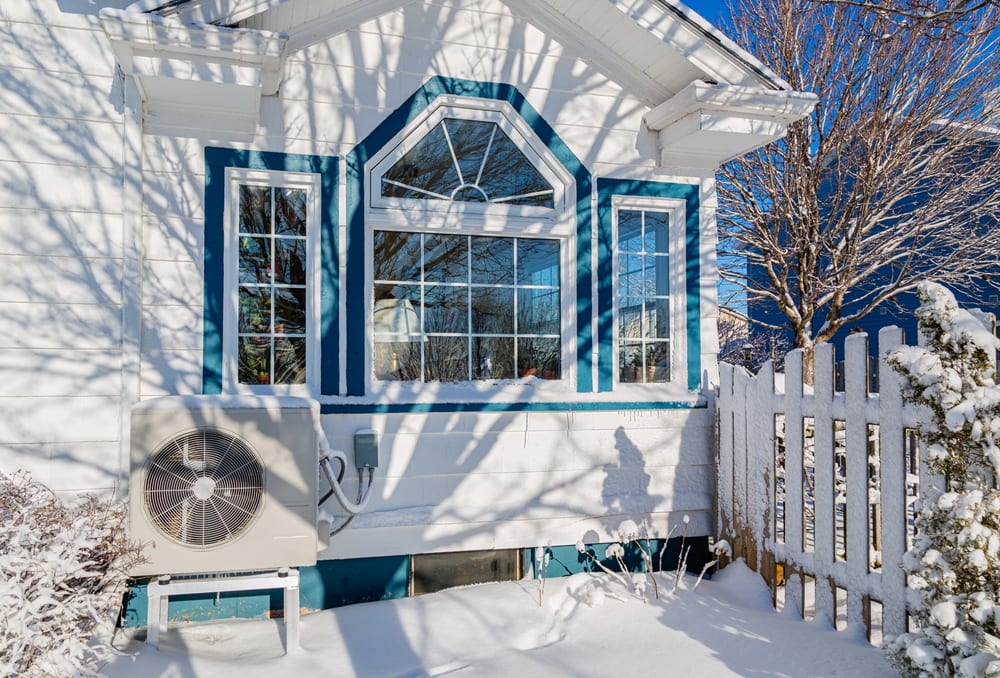
 While there are many similarities between heat pumps and central air conditioning systems, a traditional air conditioner is only able to push warm air from the inside of the home to the outdoor air. On the other hand, a heat pump is able to send heat energy into or out of the enclosure.
While there are many similarities between heat pumps and central air conditioning systems, a traditional air conditioner is only able to push warm air from the inside of the home to the outdoor air. On the other hand, a heat pump is able to send heat energy into or out of the enclosure.
A heat pump is designed to push heat energy into each room of your house, while it’s cold outside. Alternatively, this type of system is also engineered to push heat from the interior air to the outdoors throughout the summer to keep your house cold. Although heat pumps are able to increase or decrease the temperature of interior air, traditional furnaces and air conditioners are the best choice in areas with frigid climates. To help you choose between a heat pump vs air conditioner, we have outlined the similarities and differences of each system.
What Are the Similarities Between a Heat Pump & Air Conditioner?
A heat pump and central air conditioning system both utilize compressed refrigerant to absorb warm air from the interior of your house. To remove the heat from the air, the indoor air handler utilizes a fan to push warm air over a coil. As the air passes the coil, the heat energy is absorbed by the refrigerant in the coils and is pushed to the outdoors.
If you recently purchased a new house, it can be difficult to confirm if you have a heat pump vs an air conditioner since they look similar. Both types of systems are able to operate at similar efficiency levels. In addition, the operational costs of a heat pump are very similar to the costs of running an air conditioner system.
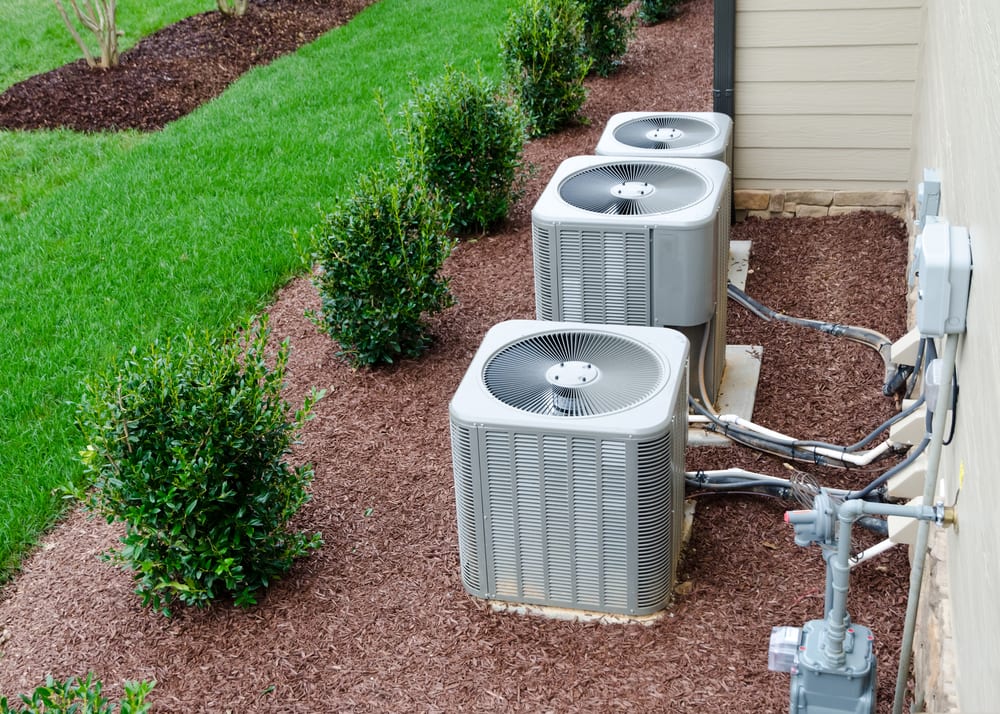 What Are the Differences Between an Air Conditioner & Heat Pump?
What Are the Differences Between an Air Conditioner & Heat Pump?
Warm & Cold Air
The main difference between a heat pump vs air conditioner is the reversing valve. Unlike a standard air conditioner, a heat pump is able to push heat energy into and out of the house. This allows the system to keep your home warm throughout the winter and cold during the summer. The reversing valve allows a heat pump to extract heat from the outdoor air. Once the heat is collected, it is pushed to the interior of a home to keep it comfortable throughout the cold months of the year.
Utility Bills
If you live in a location of the country that receives temperatures below freezing, you may want to consider ordering a furnace instead of a heat pump. When it becomes too cold outside, a typical heat pump will become inefficient. This may cause your electric bill to become too expensive to manage. On the other hand, a traditional furnace will utilize gas throughout the winter to keep your home warm. Since the average cost of gas is less when compared to electricity, it is wise to invest in a traditional air conditioner and furnace if you live in colder climates.
Lifespan
If you’re comparing the differences between air conditioners vs heat pumps, it’s also important to consider the system lifespans. Since a heat pump is required to operate all year, this type of system features a shorter lifespan when compared to a central air conditioning system. In addition, this type of system may require continuous repairs by a professional to ensure its remains efficient, safe, and effective.
 How a Heat Pump Works
How a Heat Pump Works
A heat pump is engineered to provide warm air to your home in the winter and cold air throughout the summer. Unlike a standard gas furnace that relies on toxic fuel to provide warm air to a house, a heat pump is better for the environment since it is designed to move heat from one location to another.
All types of heat pumps utilize electricity to push heat from a cold area to a warm location, such as your house. Depending on the type of heat pump you have, it will extract heat energy from the ground or air and send it into each room of your enclosure. The first type of heat pump that is utilized in homes is called an air-source heat pump. This type of system utilizes refrigerant and coils to collect heat from the outdoor air. Once this energy is collected, it is pushed into your home through your air ducts.
An air-source heat pump features fans, a reversing valve, coils, and a compressor that are engineered to push heat from one location to another. Once the summer approaches, the heat pump will activate the reversing valve to provide refreshing cold air for you and your family. This valve changes the direction of the refrigerant to ensure the system is able to collect the warm air in your house. Once the heat is collected by the refrigerant, it is pushed to the outdoor unit and is released. The temperature of the refrigerant will begin to decrease prior to being transferred inside to collect additional warm air.
Unlike an air-source heat pump, a ground-source system collects heat energy from the ground on your property and pushes it to throughout each room of the house.
Residential heat pumps consist of an outdoor and indoor system that is integrated through the wall of your house.
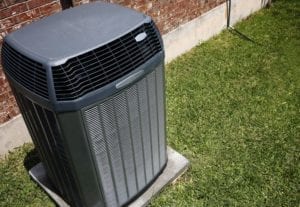 How a Central Air Conditioner Works
How a Central Air Conditioner Works
Compressor Converts the Refrigerant From a Gas to a Warm Liquid
The main components of a central air conditioning system consist of the outdoor condensing unit, fan, thermostat, and evaporator coils. The condensing system is the big box sitting in either the backyard or side of the house. It is filled with essential parts and equipment including the compressor, blower motor, and condenser coils. The compressor is engineered to squeeze the gaseous refrigerant to a warm liquid.
Refrigerant is Transformed to a Cold Gas in the Evaporator Coils
Once the refrigerant reaches the condenser coils, it will be transformed into a warm liquid. Next, a fan is activated to ensure the excess heat energy is able to be released from the condenser coils. After the refrigerant is processed by the condenser coils, it is passed to the evaporator coils inside the home in the form of cold liquid. The evaporator coils are engineered to convert the refrigerant from a liquid to a cold gas. This will cause the temperature of the evaporator coils to drop. Once the coils are cold, the refrigerant will be pushed to the compressor through a refrigerant line.
Blower Motor Pushes Warm Air to the Cold Evaporator Coils
After the evaporator coils are cold from the refrigerant, a fan near the furnace is activated. This will cause warm air to be collected by the return vents in each room of your home. Once the warm air makes its way from the air ducts to the HVAC system, the fan will push the warm air near the cold evaporator coils. This will cause the temperature of the air to drop before it is sent throughout the house. Lastly, the fan near the evaporator coils will send the cold air to each room of your home. This process will continue until the temperature in your house is equivalent to the temperature on the thermostat.
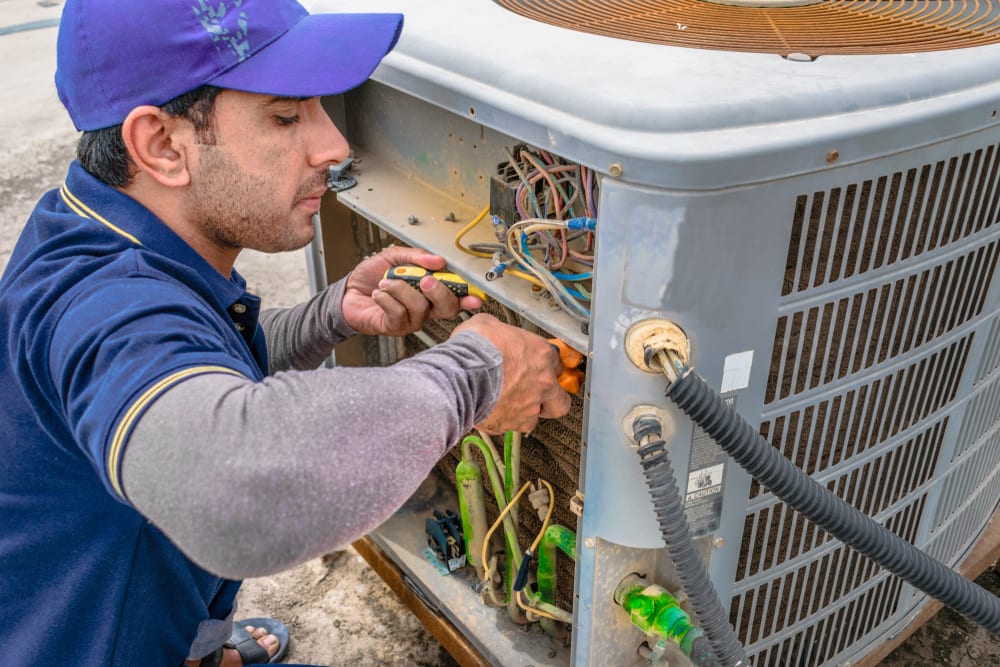 Air Conditioning Repair & Install Services in Pennsylvania
Air Conditioning Repair & Install Services in Pennsylvania
If you’re debating about the benefits and drawbacks of a heat pump vs AC, give our team a call by phone at (484) 206-8594 or book an appointment online. WM Henderson provides dependable air conditioning repair, installation, and tune-up services to homes in Pennsylvania. We also offer heating services for furnaces, boilers, and heat pumps. We provide HVAC services to homeowners in locations such as Coatesville, Conshohocken, Broomall, and West Chester. Contact a licensed HVAC technician or plumber on our team today to receive assistance with a heating or cooling issue.

